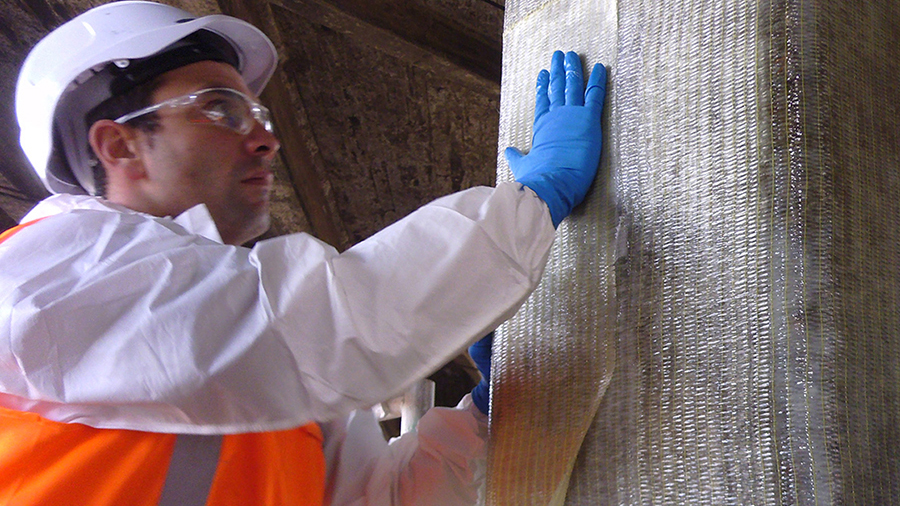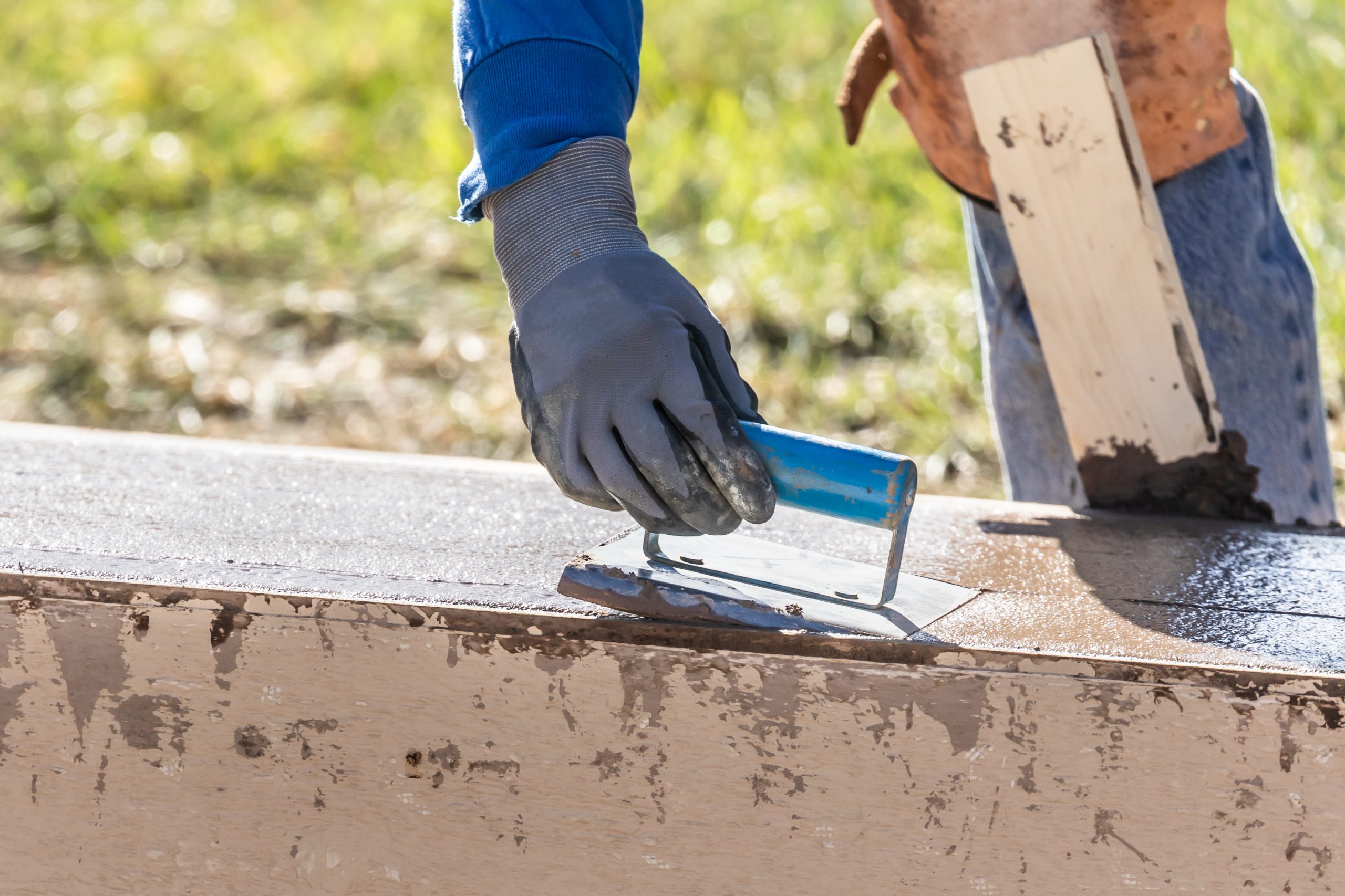CONCRETE CANCER REPAIR
Confirma™ are experts in diagnosing and treating concrete cancer, delivering lasting solutions that restore the structural integrity of commercial assets. Using advanced techniques and materials, we provide minimally disruptive, cost-effective repairs that halt deterioration and ensure durability for decades to come.
Concrete cancer is a common term for the progressive deterioration of reinforced concrete caused by the corrosion of the embedded steel reinforcement.
This corrosion expands the steel, creating internal pressure that cracks and damages the surrounding concrete, leading to further exposure and accelerating the cycle of deterioration.
How Concrete Cancer Develops
Addressing the causes of basement leaks early is crucial to prevent long-term structural damage, costly repairs, and potential business interruptions. By identifying and resolving water ingress issues promptly, you can ensure the longevity and safety of your commercial structure.
Moisture Penetration:
Water infiltrates through cracks, poorly compacted concrete, or construction joints, reaching the steel reinforcement.
Cracking and Spalling:
The expansion caused by corrosion exerts internal pressure, causing the concrete to crack, flake or spall.
Steel Corrosion:
When exposed to oxygen and chlorides (from seawater, de-icing salts or contaminated aggregates), the steel reinforcement corrodes. This expands the steel up to 7 times its original volume.
Accelerated Damage:
Once cracks form, they allow even more water and chemicals to penetrate, creating a feedback loop of worsening damage.
Causes of Concrete Cancer
Poor Concrete Quality
Insufficient cover over the steel reinforcement, low-grade materials, or poor compaction can leave the steel vulnerable to moisture and chlorides.
Environmental Exposure
High-humidity environments, coastal regions, or areas exposed to de-icing salts are especially prone to concrete cancer.
Carbonation
Over time, carbon dioxide from the atmosphere reacts with the concrete’s alkaline environment, reducing its pH and making it less protective to the steel.
Signs of Concrete Cancer
Visible cracks or rust stains on the concrete surface.
Flaking or spalling of the concrete.
Exposed or rusted reinforcing steel.
Discoloration or efflorescence (white powdery deposits).
Why Concrete Cancer is a Concern
Concrete cancer, if left unchecked, can gradually weaken the structural integrity of a building or infrastructure, potentially leading to catastrophic failures over time. As the corrosion of steel reinforcement continues, the concrete surrounding it expands, causing cracking and spalling. This deterioration can compromise the strength and stability of the entire structure, increasing the risk of collapse or unsafe conditions.
The safety hazards associated with concrete cancer are also significant. Falling debris from damaged concrete can pose immediate dangers to people working or passing by, and weakened structures may lead to catastrophic accidents or injuries. In commercial or public buildings, this risk extends to employees, tenants, and the general public, putting both lives and property in jeopardy.
If concrete cancer is not addressed in its early stages, the damage can escalate quickly, requiring extensive and costly remediation efforts. The repair process can involve major structural reinforcements, removal of damaged concrete, and the replacement of corroded steel reinforcement, all of which can be both time-consuming and expensive. The longer the problem persists, the more invasive and expensive the required solutions will be, making early intervention critical to minimising both the financial impact and the risk to safety.
Concrete Cancer Treatment and Repair
At Confirma™, we specialise in repairing and strengthening commercial-scale concrete structures affected by concrete cancer.
We know how to fix concrete cancer, and our approach is:
Innovative Techniques:
We utilise advanced materials, such as Fibre Reinforced Polymer (FRP), a polymer modified material, and methods to repair and protect against future damage.
Minimally Disruptive Solutions:
Our processes are designed to minimise downtime, avoiding large-scale demolition or disruptions to operations.
Long-Term Durability:
Repairs are engineered to last 30–50 years, providing a cost-effective alternative to traditional methods.
If you’re dealing with concrete cancer repairs in a commercial or infrastructure project, we can help restore and strengthen your structure with proven, reliable solutions.
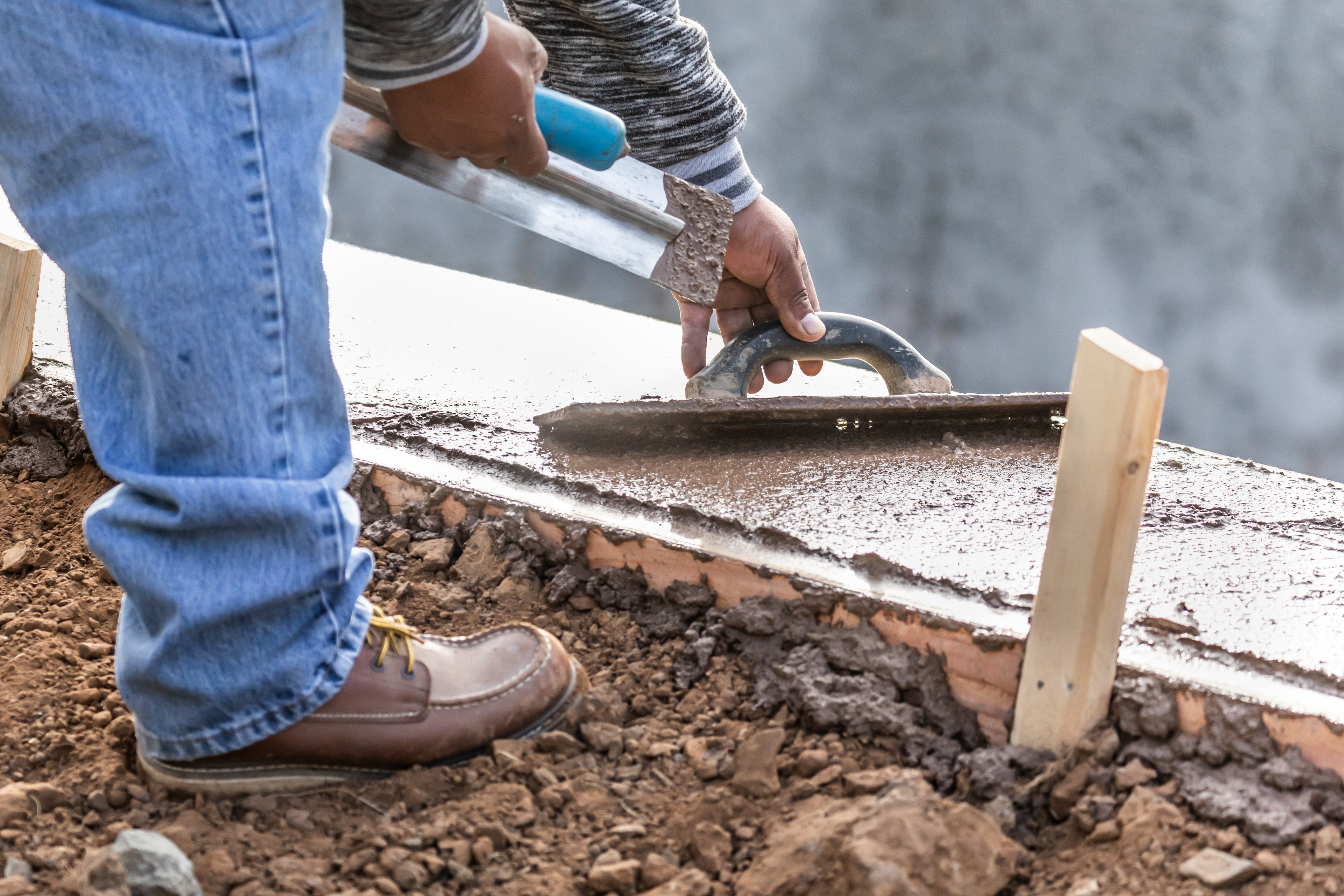
Risks and Concrete Cancer Repair Cost
Failing to address the need for concrete cancer repair costs more in the long run, especially in relation to the significant safety risks or the risk of further damage:
Structural Risks:
Untreated damage can compromise the structural integrity of a building or infrastructure, potentially leading to partial or full collapse. As concrete carbonation progresses, the reinforced steel within the structure begins to corrode, further exacerbating the deterioration.
Safety Hazards:
Concrete bubbling or spalling caused by the corrosion of reinforced steel can lead to falling debris or weakened structures, posing risks to occupants, workers, or the public, increasing liability concerns.
Escalating Repair Costs:
As concrete cancer worsens, repairs become more complex and expensive. Early intervention can prevent damage to affected concrete and avoid the need for extensive concrete repair or replacing entire sections of the structure.
Operational Disruptions:
In commercial or industrial settings, severe damage may require shutdowns, affecting revenue and productivity.
Regulatory Non-Compliance:
Structures with visible damage or safety concerns may fail to meet building codes, leading to fines or forced repairs.
Decreased Asset Value:
Buildings or infrastructure with visible damage lose market value and may deter tenants, buyers or investors.
A More Cost-Effective Solution
At Confirma™, we are experts in assessing and providing cost-efficient, long-lasting solutions to repair concrete cancer. Our minimally disruptive methods are designed to:
- Restore structural integrity and prevent further damage to affected concrete.
- Extend the lifespan of the structure (30–50 year durability).
- Minimise operational downtime, saving businesses from unnecessary disruptions.
By addressing concrete cancer early, you can avoid compounding risks and ensure the longevity of your commercial or infrastructure investment. We also provide the application of steel primer to enhance the bond between the repair materials and reinforced steel, ensuring durability and effectiveness.
Confirma™ are experts in Concrete Remediation
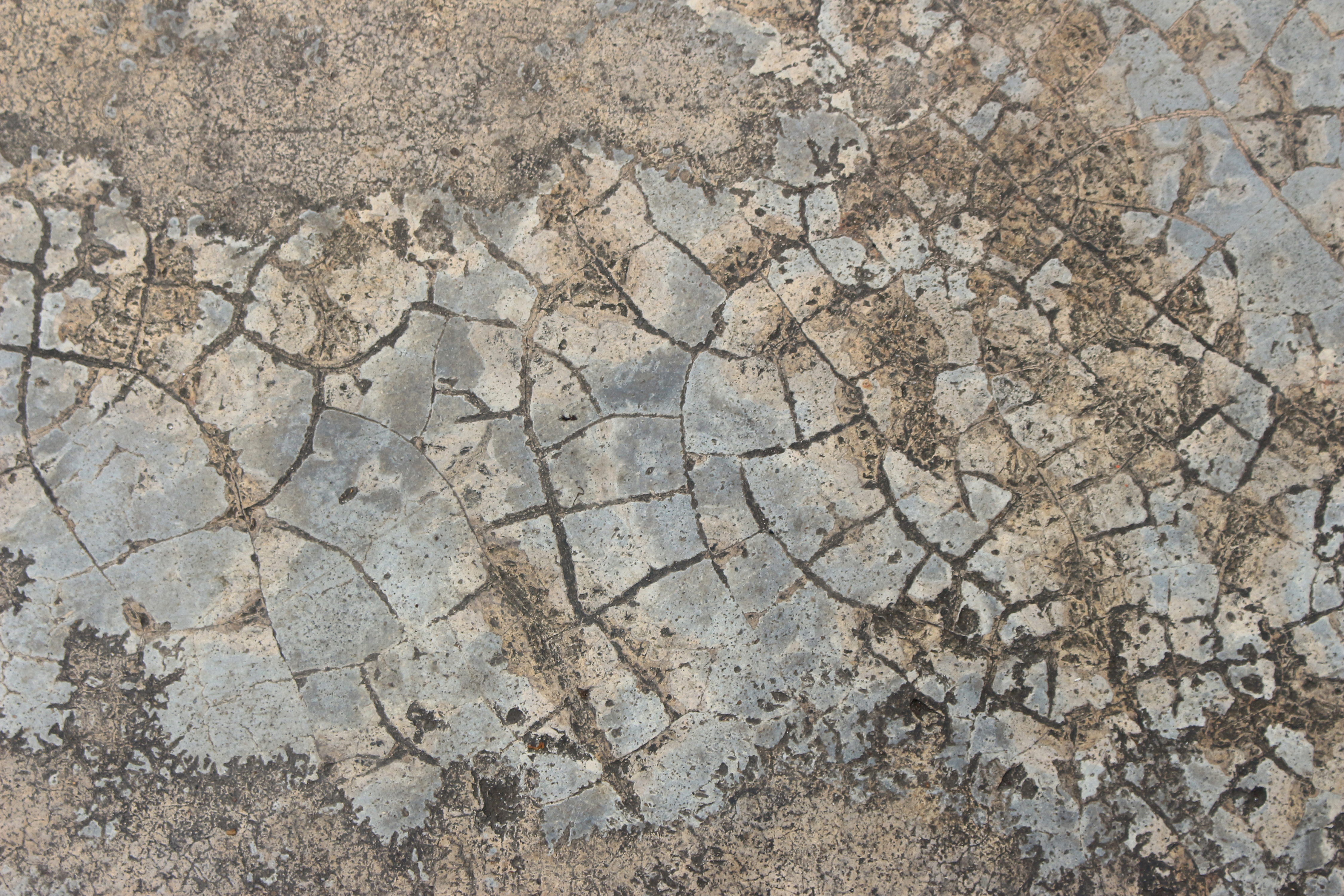
Concrete Cancer
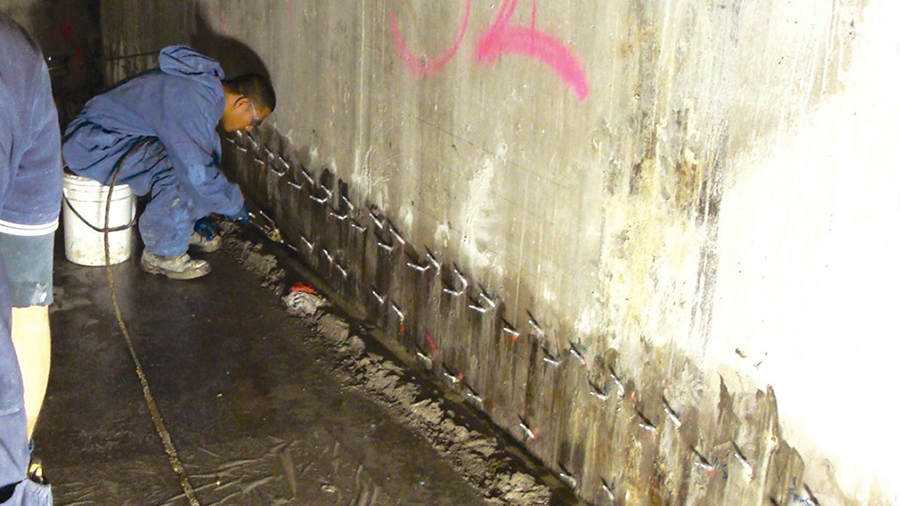
Water Stop Injection
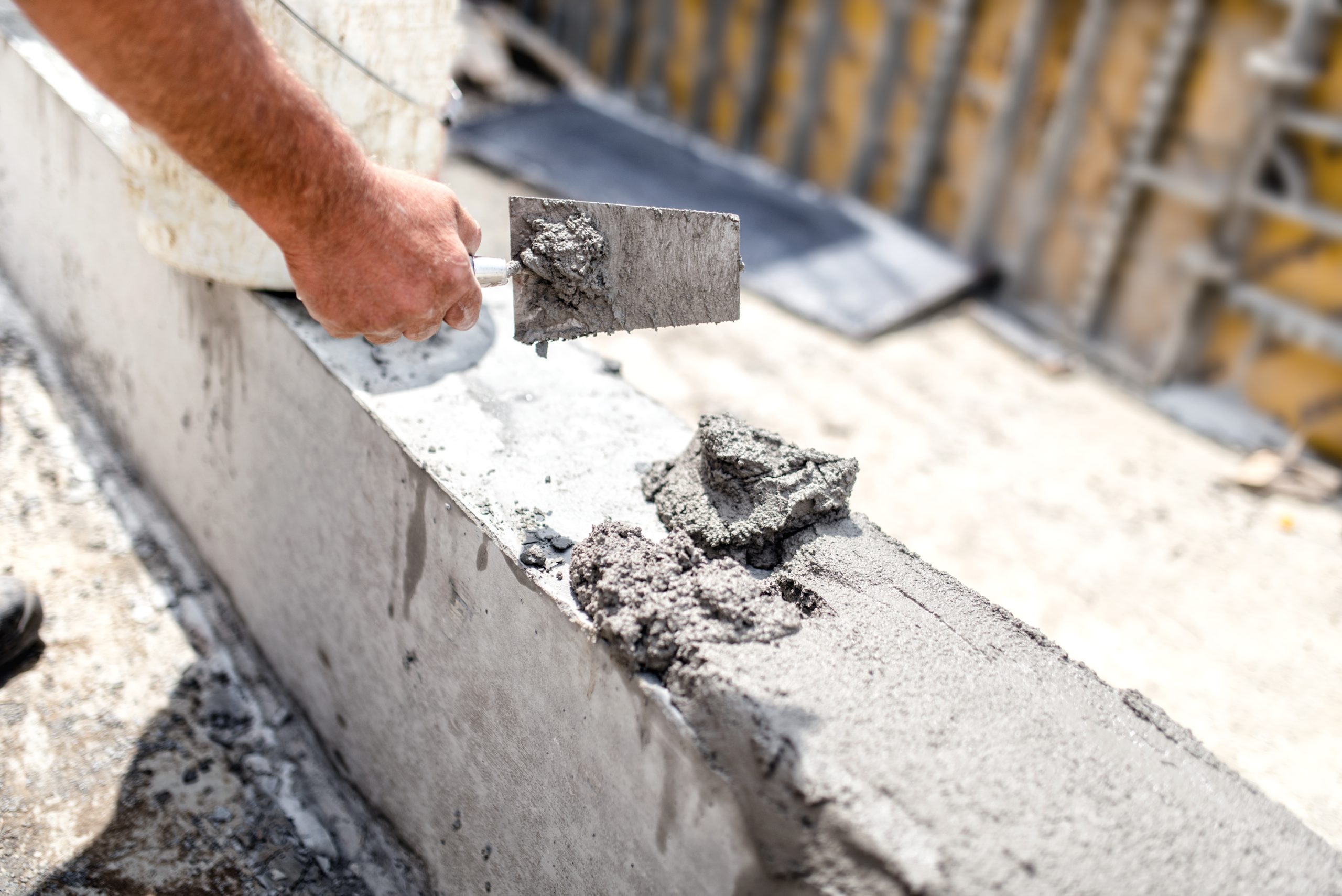
Concrete Beam

Concrete Foundation
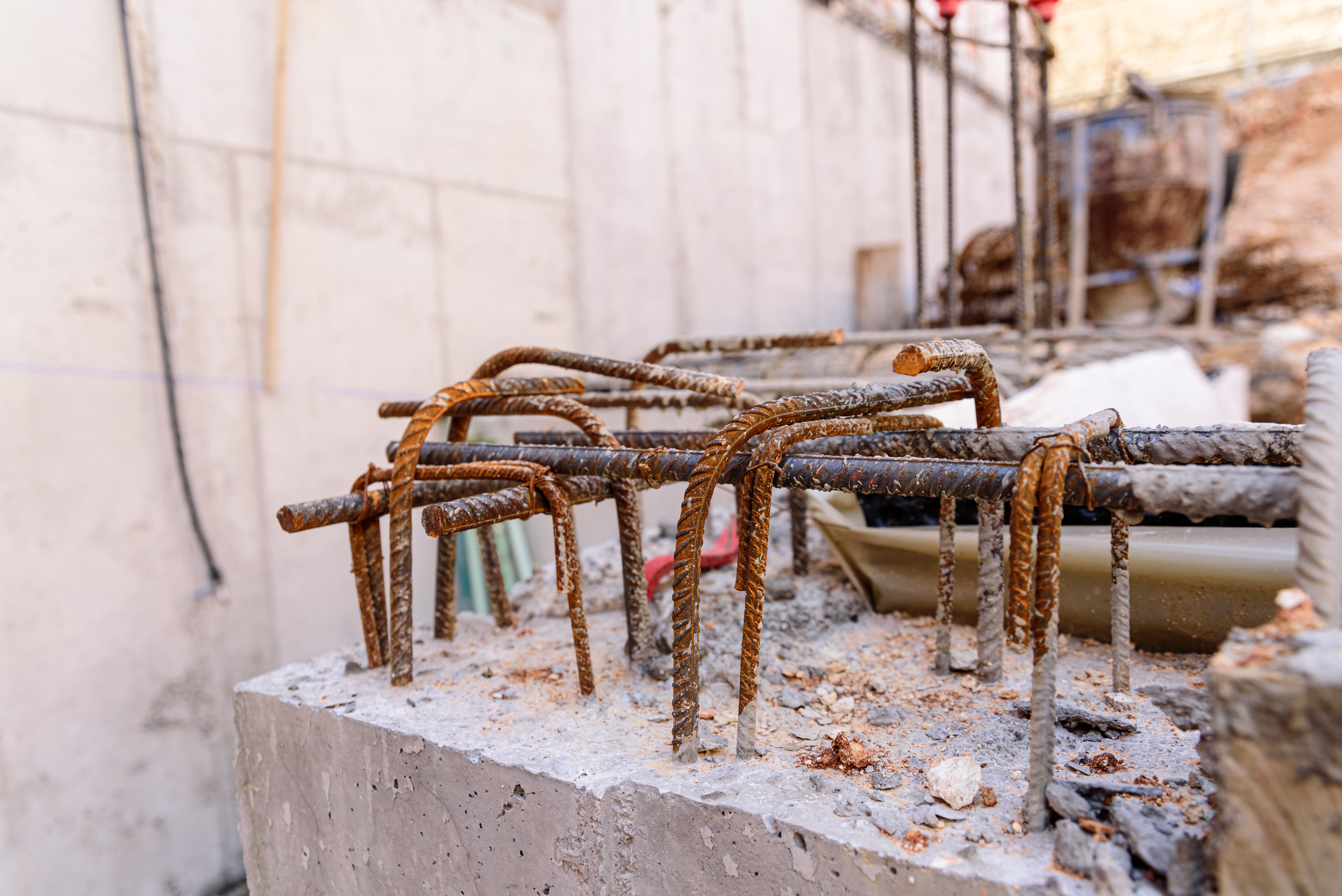
Structural Strengthening
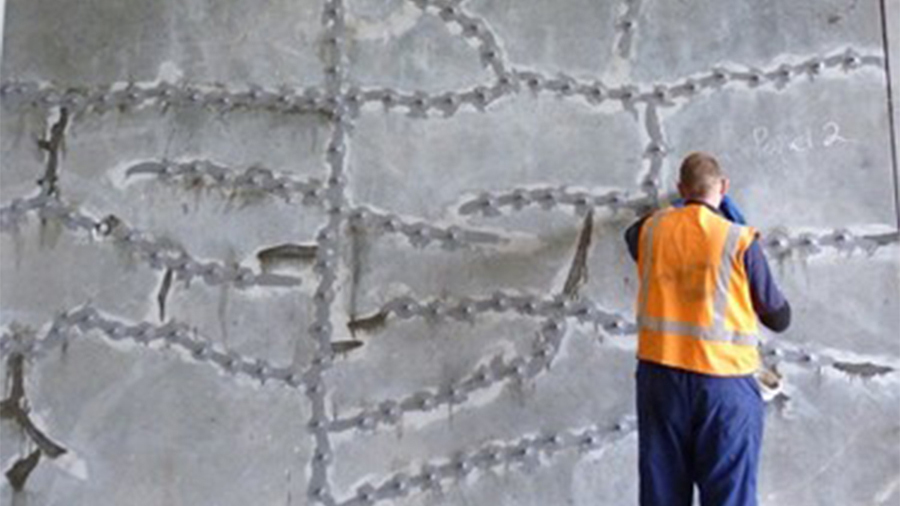
Structural Injection
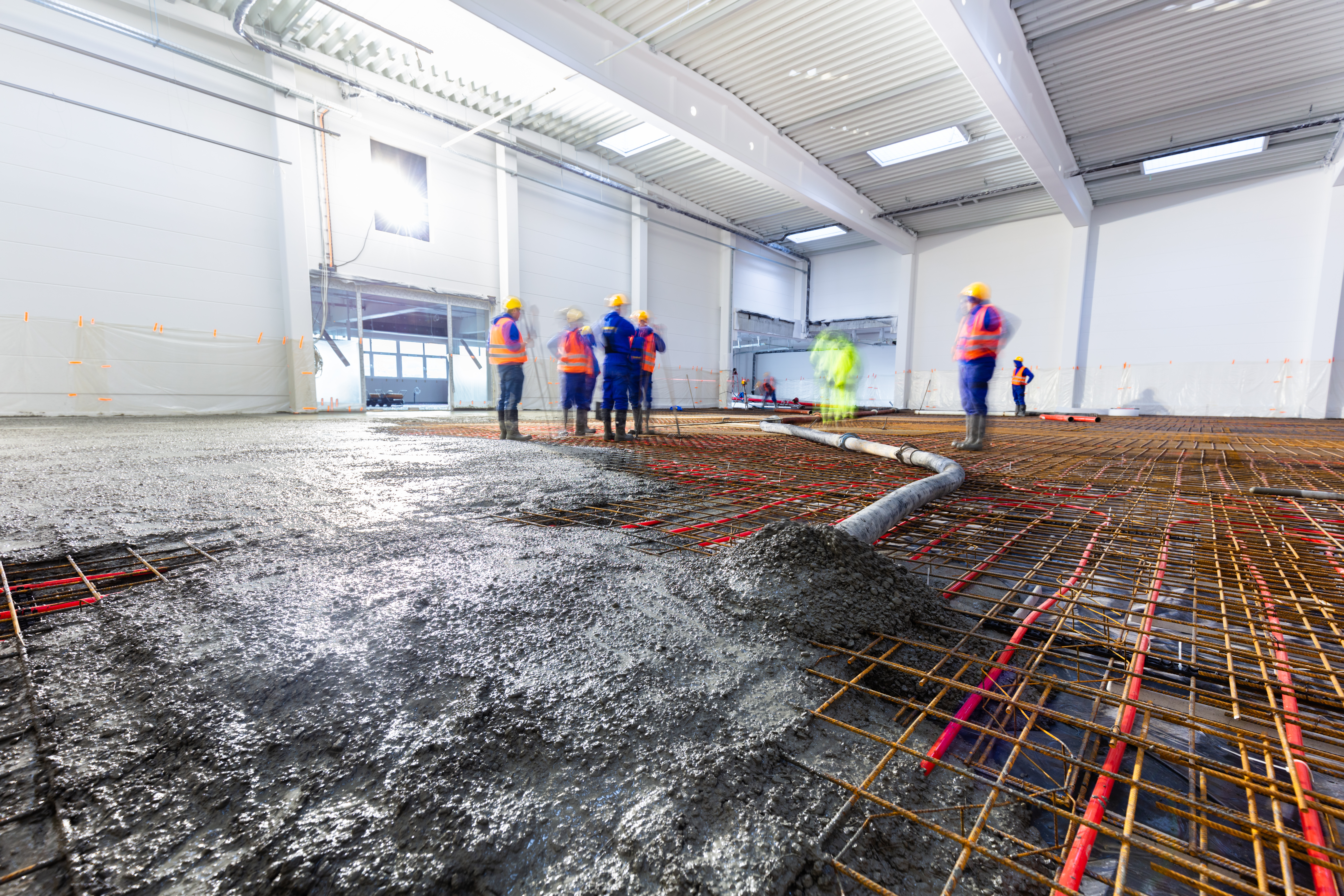
Industrial Concrete Repairs
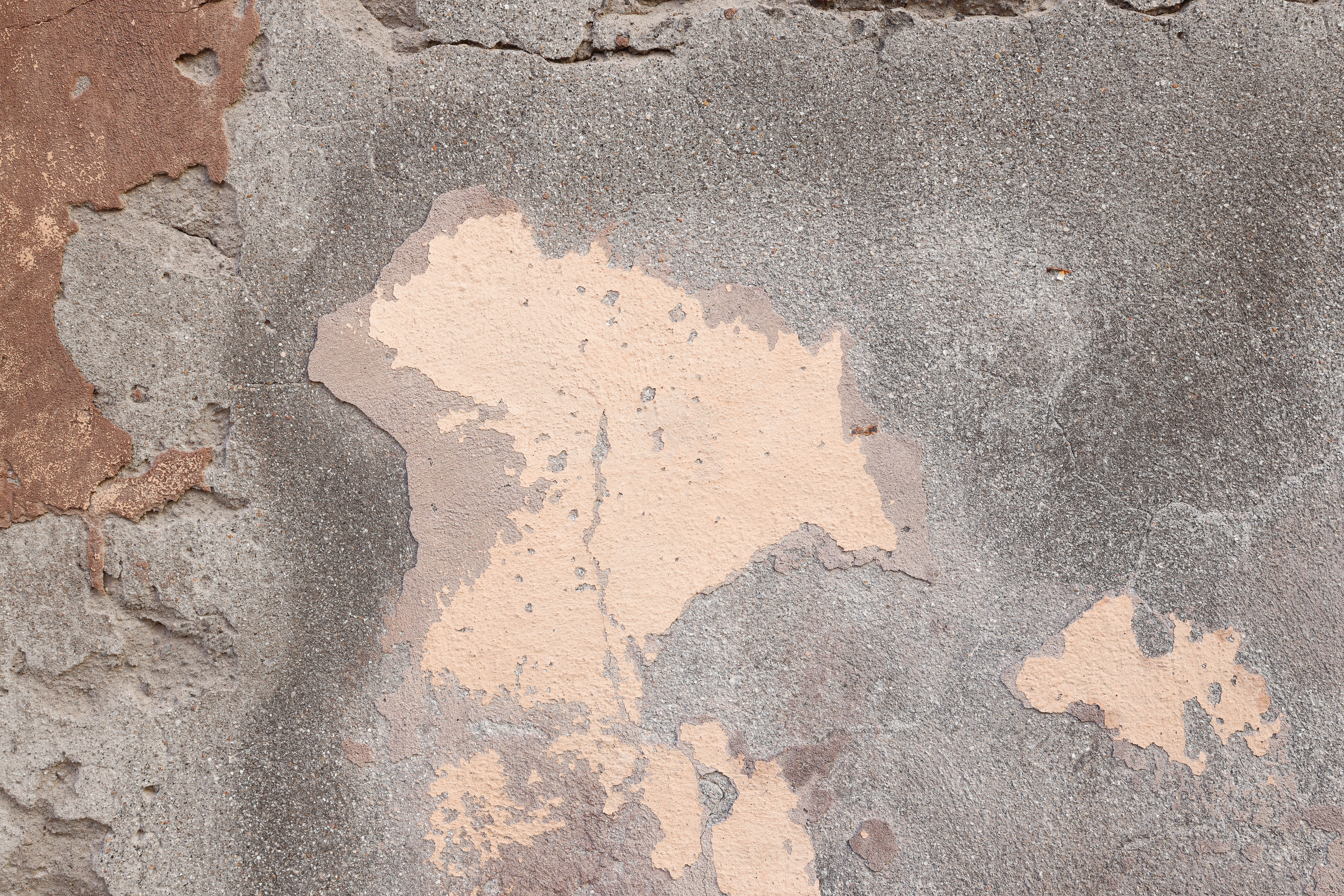
Concrete Spalling
